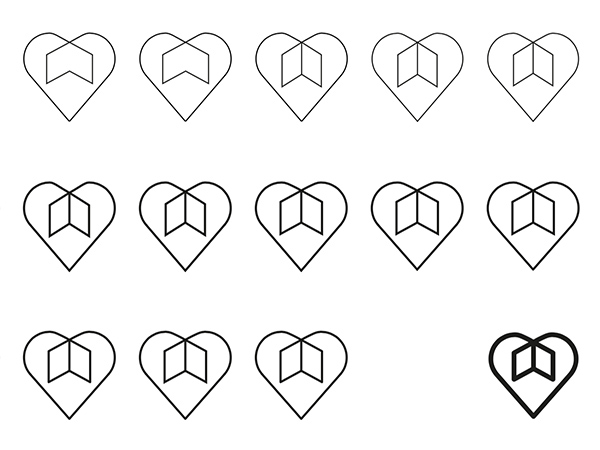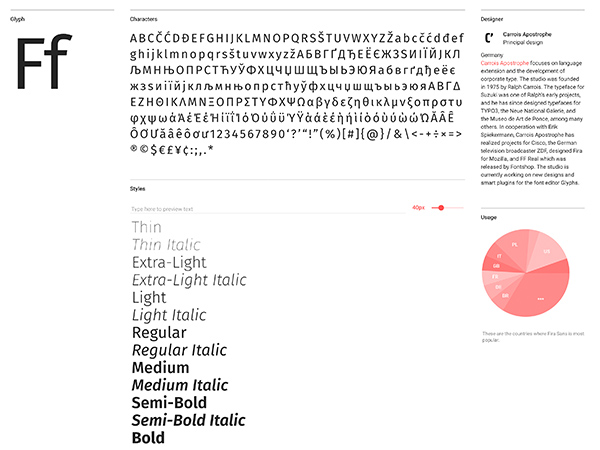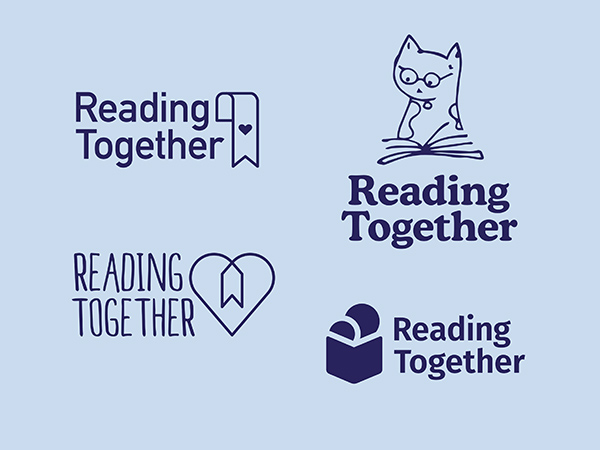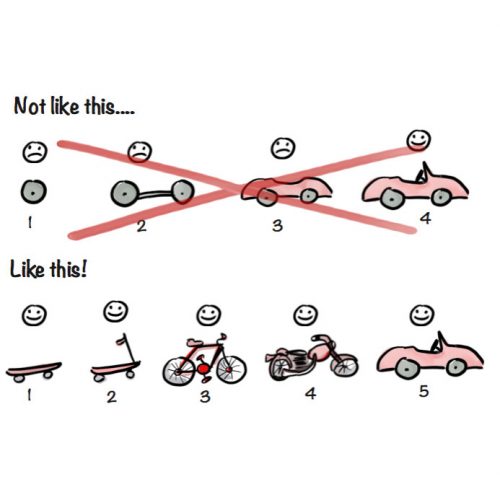The cost of logo design ranges tremendously from the free do-it-yourself online services such as freelogodesign.org to global agencies like Landor, who famously charged BP $211 Million to redesign their logo in 2008.
When launching a startup it’s essential that you maximise every opportunity to attract customers and entice investors. Your logo must convey your core brand values and appeal to your target audience.
Traditional trade-off
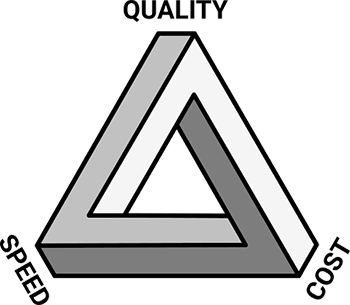 There are three strategic objectives to consider when you commission the design of your logo:
There are three strategic objectives to consider when you commission the design of your logo:
1. Quality
2. Speed
3. Cost
Project managers refer to these objectives as ‘the scope triangle’ or ‘quality triangle’ which suggests that ‘you may only choose two of the three objectives for delivery’. This trade-off makes for a tough decision between sub-standard quality, project delays or a budget-breaking price tag.
Modern approach
We were recently approached by Tom Smart, founder at early-stage startup Reading Together with a superb idea for an app to replace the reading logbooks used in primary schools.
He had some interest from investors but needed to get schools and teachers on-board in order to convince investors to invest. We worked with Tom to produce a professional logo and clickable prototype to bring his idea to life and demonstrate the value for teachers, parents and pupils alike.
Here’s an overview of what we did and how you could apply it to your own logo design strategy:
Design brief
Before we began, Tom filled out a design brief which provided all the details surrounding the product, strategy and target audience.
Although Tom was building an app for use with young children of primary school age, the real target audience was their parents and teachers who’d be using the app day-to-day, and the head teachers who would have the final say on whether Tom’s product would be adopted by the school.
Research
Our initial research indicated that a range of logos aimed at both adults and children had been used in similar apps and had achieved success and engagement. However, based on his target audience, Tom was keen to project a clean and professional look rather than the sort of logo you might see on an app that children would use.
He wanted parents and teachers who cared about children’s education to take his business seriously – so leaning towards a more traditional logo look was an important consideration.
This is an important step for all startups looking at logo design strategy as the real users of your app or business may not be the ones paying for it (and vice versa).
Conceptualisation
Next we sketched out ideas in the form of iconography, monograms and typography to explore potential logo concepts.
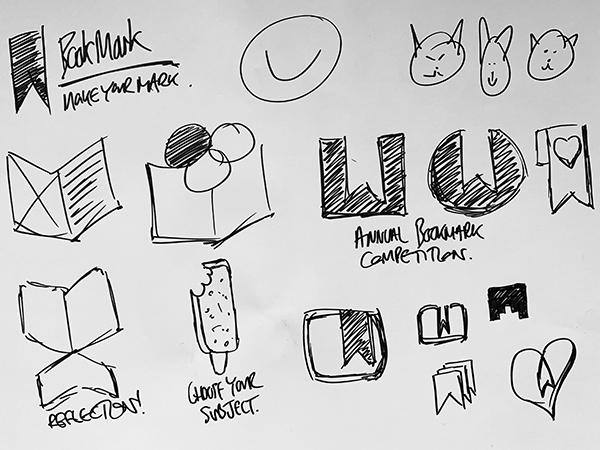
This is a great chance to involve colleagues to brainstorm ideas and apply expansive thinking without constraint. The outcome is an exhaustive plethora of rough ideas and thought experiments to consider and refine later.
Digitisation
Years of design experience enable us to choose the most promising ideas to illustrate using modern design software. This process quickly highlights the best of the bunch and allows us to refine and develop the concepts to the high level of professionalism consumers expect today.
Typography plays a huge part in logo design and choosing the right font is essential to communicate your brand effectively – we experimented with a variety of fonts including; modern, classic and hand-drawn styles. In the end, we opted for a modern typeface named Fira Sans which is modern and extremely easy to read (even at the small sizes seen on mobile devices).
If you’re bootstrapping and haven’t had an agency supporting you on your logo strategy from the start, this is where you might want to consider getting a designer involved. They can quickly iterate on ideas and concepts and produce a professional result that will support your individual brand and allow your business to stand out from the crowd.
Feedback
The presentation of ideas and articulation of the design rationale behind each visual element provides the context and basis for discussion. During this stage, Tom was able to choose his favourite elements and request adjustments to meet the needs of his target audience.
Meg Hoppe, the owner of Weidert Group, goes into further detail on the thinking behind logo design and the different values and meaning they can convey to your audience in her article on the key principles of logo design.
Delivery
The final step was to implement the changes discussed during the feedback session and finesse the design to a high level of finish before exporting a suite of logos in various formats to be used in digital products, marketing material and promotional merchandise.
We also provided Tom with brand guidelines to inform others on the correct usage of the logo to maintain consistency and professional execution at all times.
As HubSpot expert Karla Cook puts it: “Picture the most recognizable brands you can think of. Chances are, you’ve learned to recognize them because of the consistency across the messaging”. Find out more about brand guidelines, how they’re used and why they’re important in Karla’s full HubSpot blog: 21 Brand Style Guide Examples.
Outcome
For Tom at Reading Together, this approach has enabled him to produce a logo that matches his desired brand image on an early-stage startup budget. As a result he’s now able to go on to pitch his app to parents, teachers and investors, enabling them to imagine a professional finished product and what it might be like to have it benefit students.
Although it’s ‘just a logo’, it’s one of the most important things he’ll have worked on in the early stages of his business – increasing the chances of gaining access to further investment to build the Reading Together MVP and kicking off the all-important chain of events to growing a successful startup.
When it comes to logo design, strategic approach is key to guaranteeing an effective outcome. The subjective nature of logo design means it’s very easy to get caught up in the minutiae of creativity and impede progress.
We like to get under the skin of the startups we work with, as we believe an understanding of each individual businesses critical objectives and proof-points will enable us to deliver the most significant impact.
If you’d like to discuss your startup or project, get in touch with Simpleweb today.
